Hands-On Hungarian Cooking Classes in Budapest
Getting your hands dirty in a Budapest kitchen while learning how to make real Hungarian food is honestly one of the best ways to experience the city. We've done our fair share of cooking classes around Europe, but there's something special about rolling up your sleeves to make goulash from scratch while listening to stories that Hungarian grandmothers have been sharing for generations.
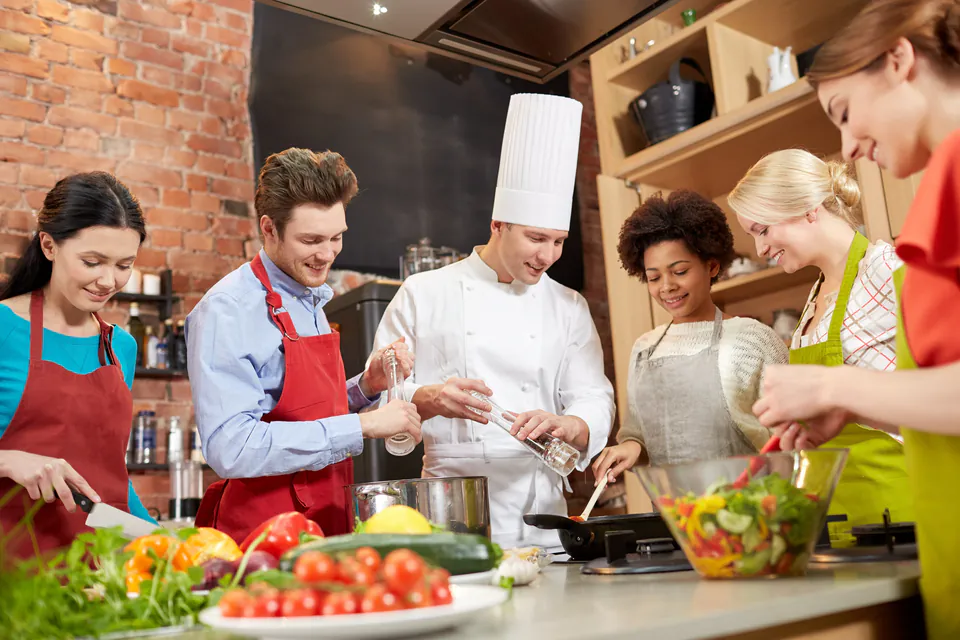
These classes work for everyone, whether you've never touched paprika in your life or you're already pretty good in the kitchen. Most sessions last about 3-5 hours, which gives you enough time to actually learn the techniques properly and then sit down to enjoy what you've made with other food lovers.
What Budapest Cooking Classes Are Really Like
Hungarian cooking classes here start way before you even touch a stove. We love that most experiences kick off with a trip to the Great Market Hall or other local spots where you'll pick out fresh ingredients. Your instructor shows you how to choose the best paprika (trust us, this matters way more than you think) and shares tons of stories about Hungarian food traditions.
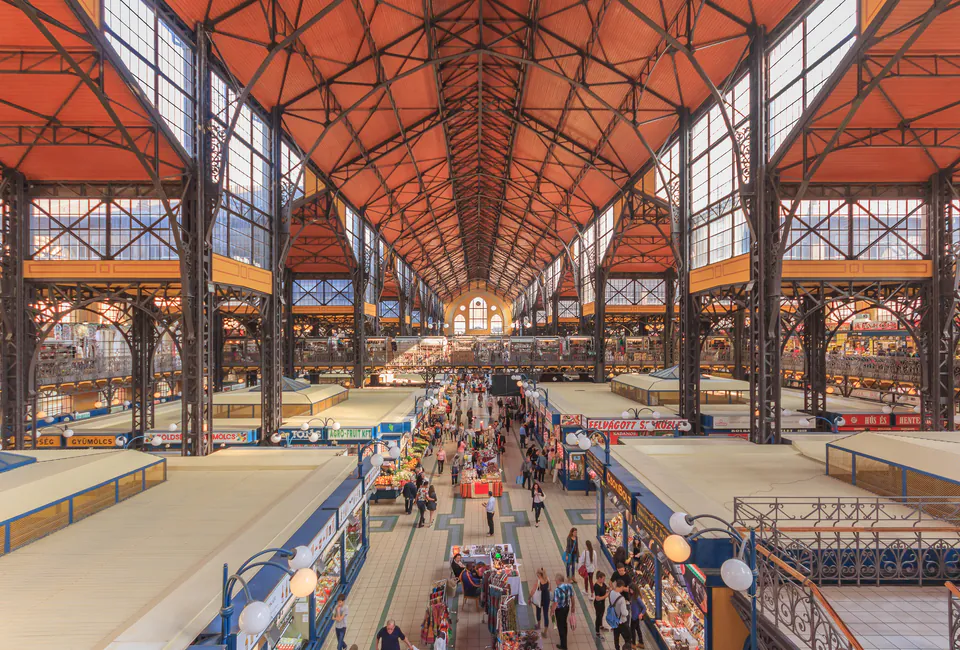
The actual cooking happens in professional kitchen studios or sometimes in people's homes, depending on which class you pick. You'll work with chefs who really know their stuff and aren't shy about sharing family recipes that have been perfected over decades. We once had an instructor tell us about her grandmother's secret to perfect goulash while we were browning the meat, and it's those personal touches that make these classes so much better than just following a recipe online.
Most classes focus on making 2-4 dishes so you end up with a complete meal that shows off different sides of Hungarian cooking. You'll learn the important stuff like how to use paprika properly, make dumplings from scratch, and get those slow-cooked stews just right. The best part? Everyone sits down together at the end to eat everything, usually with some Hungarian wine or pálinka.
The Classic Hungarian Dishes You'll Learn
Every Hungarian cooking class worth doing will teach you how to make goulash (or gulyás if you want to sound like a local). This is the big one, the dish that shows you everything you need to know about Hungarian cooking. We learned the hard way that good goulash is all about patience. You can't rush the browning, and the paprika quality makes or breaks the whole thing.

Chicken paprikás is another dish you'll probably make, and it's trickier than it looks. The creamy paprika sauce can curdle if you're not careful (we've been there), and making the dumplings that go with it takes some practice. But when you get it right, it's incredibly satisfying.
Many classes also include stuffed peppers or stuffed cabbage. These take forever to make but they're so worth it. You'll spend time learning how to prep the vegetables properly and get the meat and rice filling seasoned just right. We discovered that Hungarian families often make huge batches of these and freeze them for later.

If you have a sweet tooth, some classes focus on desserts like Dobos cake or apple strudel. These require totally different skills. Working with the paper-thin strudel dough is an art form, and we watched in amazement as our instructor stretched it so thin you could read through it.
Different Types of Classes Available
Small group classes usually have 6-12 people, which is perfect if you want personal attention from the instructor. We've done these in converted apartments and dedicated kitchen studios, and both have this cozy, family-style feel that makes you feel like you're cooking with friends rather than taking a tourist activity.
Popular Budapest Cooking Class Providers
| Provider | Duration | Price Range | Specialty |
|---|---|---|---|
| Easy Cooking Budapest | 4-5 hours | €50-€100 | Market tour + traditional dishes |
| Chefparade Cooking School | 3-4 hours | €80-€120 | Professional kitchen setting |
| Foodapest | 3-4 hours | €70-€100 | Home-style cooking experience |
| Taste Hungary | 4 hours | €100-€150 | Wine pairing included |
Private classes are great for couples or small groups who want something more exclusive. These often happen in someone's actual home, which gives you the most authentic experience possible. You're cooking in a real Hungarian kitchen, using family recipes, and hearing stories about the food that you won't find in any guidebook.
Team building classes handle bigger groups, so they're popular with corporate groups or large friend groups traveling together. They keep the hands-on experience but organize it better with multiple stations and instructors to manage everyone.
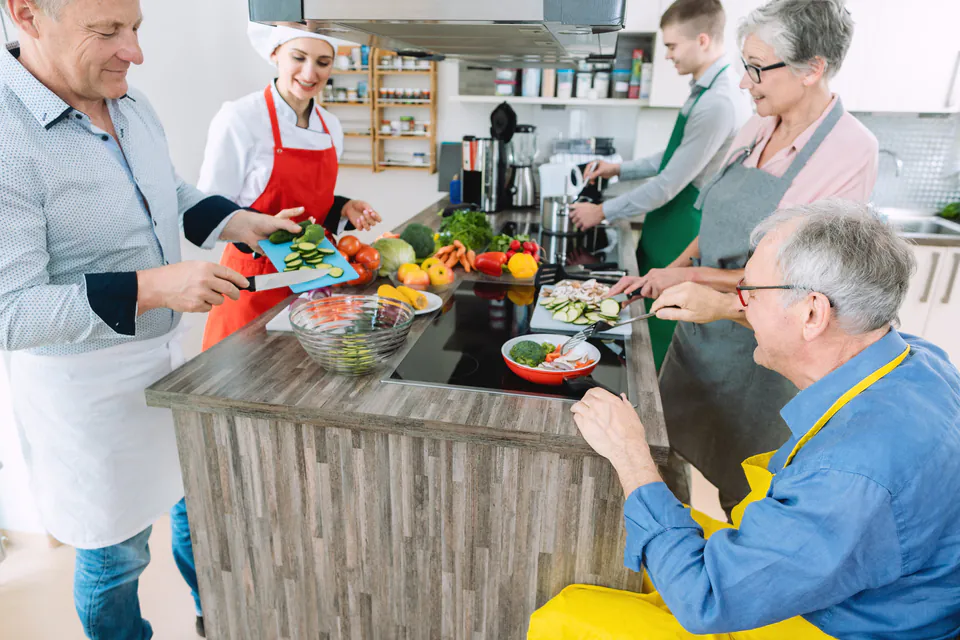
Most classes are taught in English, and some also do German. The international mix of people in these classes is actually really fun. We've met people from all over the world and ended up sharing stories about food traditions from our own countries while learning Hungarian techniques.
Market Tours Are Half the Fun
The market tour part of many classes is honestly just as valuable as the cooking itself. At the Great Market Hall, you'll walk around with your instructor learning how to pick good paprika by smell and color, choose the right meat cuts, and discover vegetables you might not recognize.
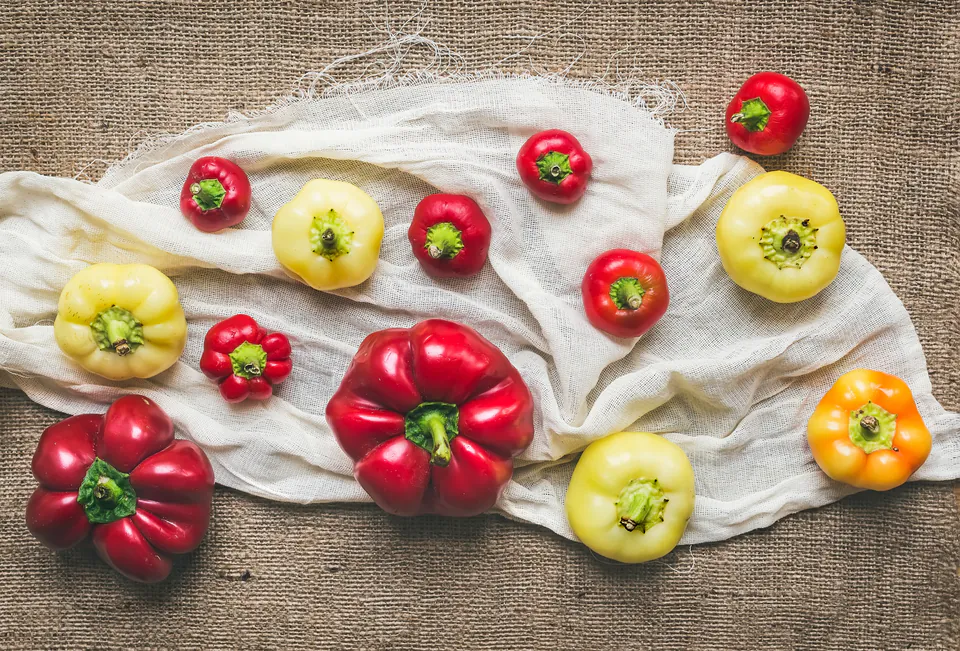
These market trips teach you stuff you can actually use when you get home. You'll learn how to tell if peppers are ripe, understand the difference between sweet and hot paprika, and discover Hungarian specialties like lángos that you should definitely try while you're in Budapest.
The shopping experience also gives you insight into how Hungarians actually live and eat. Your instructor will probably introduce you to some of the vendors, which makes the whole market feel less touristy and more like a neighborhood spot where locals actually shop.
Booking and Practical Details
How long and when: Most classes run 3-5 hours. Morning sessions often include market tours when everything is fresh and busy. Afternoon classes give you more time for relaxed cooking. Evening classes feel more like dinner parties, which is perfect if you want to end your day with good food and new friends.
Cost: You're looking at €50-€100 per person usually. Private classes cost more but you get way more personal attention and can often customize what you want to learn. The price includes everything: ingredients, equipment, the meal you make, and drinks.
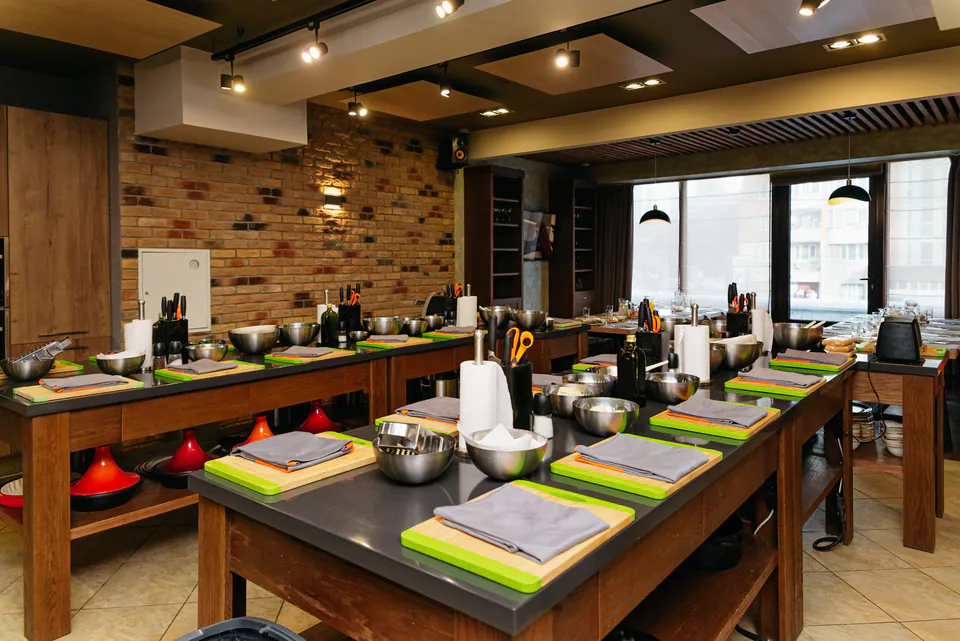
Booking tips: Book ahead, especially in summer when everyone wants to do these classes. Most providers let you book online through their websites or sites like TripAdvisor. If you have dietary restrictions, mention them when you book. Most instructors can handle vegetarian, vegan, or gluten-free needs if they know in advance.
What to bring: Just wear comfortable clothes and closed shoes that are okay for standing around in a kitchen. They'll give you aprons, and most places give you printed recipes to take home. We always bring a small notebook to write down extra tips we pick up during the class.
Getting the Most Out of Your Experience
Come hungry for both food and learning. The best participants ask lots of questions and show genuine interest in Hungarian food culture. Don't be shy about asking for clarification on techniques or tips for making the dishes at home with ingredients you can actually find in your country.
Take photos and notes of everything, not just the finished food. We always photograph the cooking process and ingredient combinations. It really helps when you're trying to recreate the dishes at home weeks later. Most instructors are happy to pose for photos and love seeing people document their experience.
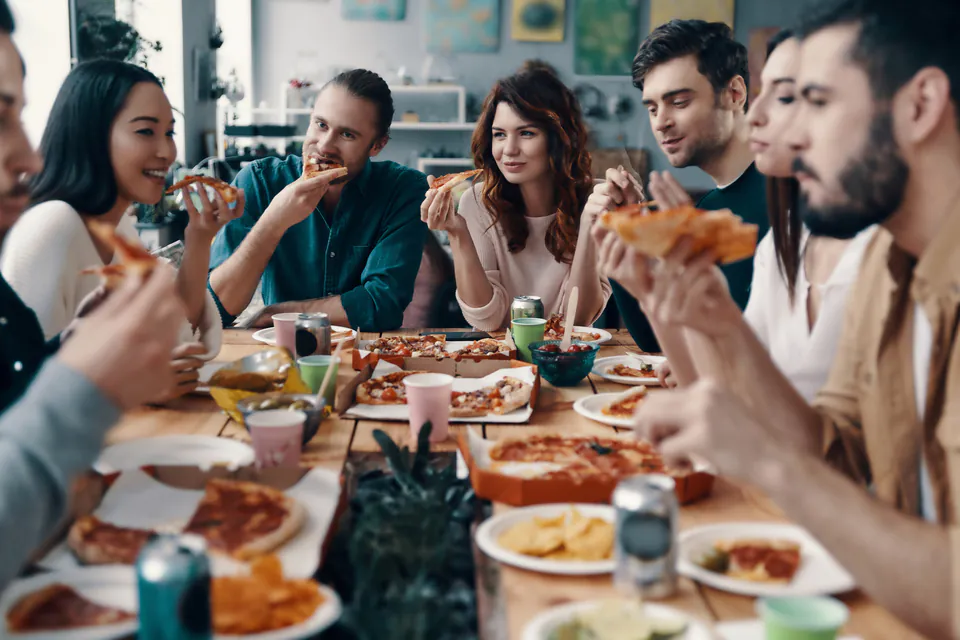
Talk to the other people in your class. We've met some amazing people from all over the world in these cooking classes. Many of our best travel friendships started over a shared pot of goulash and stories about food from our home countries.
Ask about adapting recipes for your home kitchen. Instructors usually have great advice about ingredient substitutions, scaling recipes up or down, and adapting traditional methods for modern equipment. This practical guidance is what lets you actually recreate your Budapest cooking experience long after you get home.